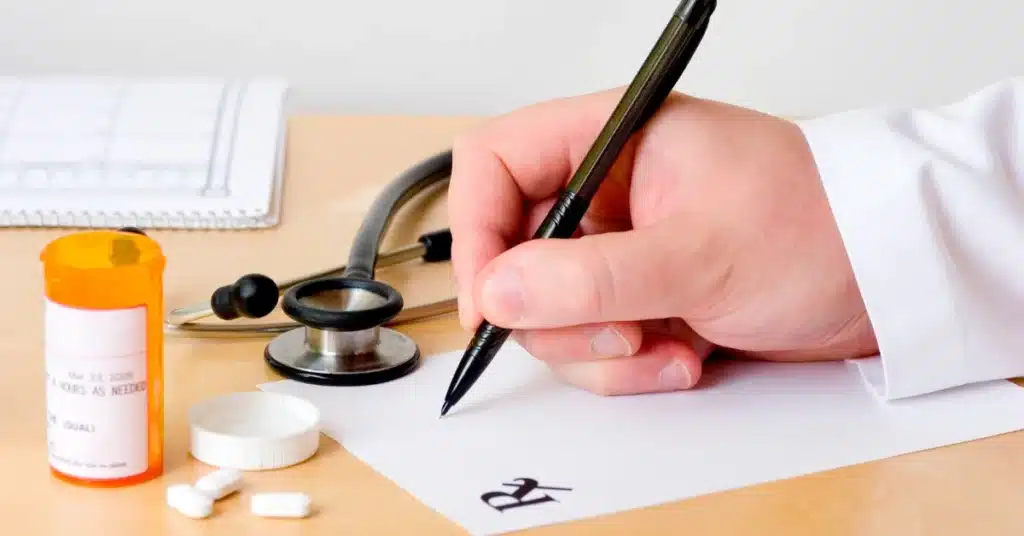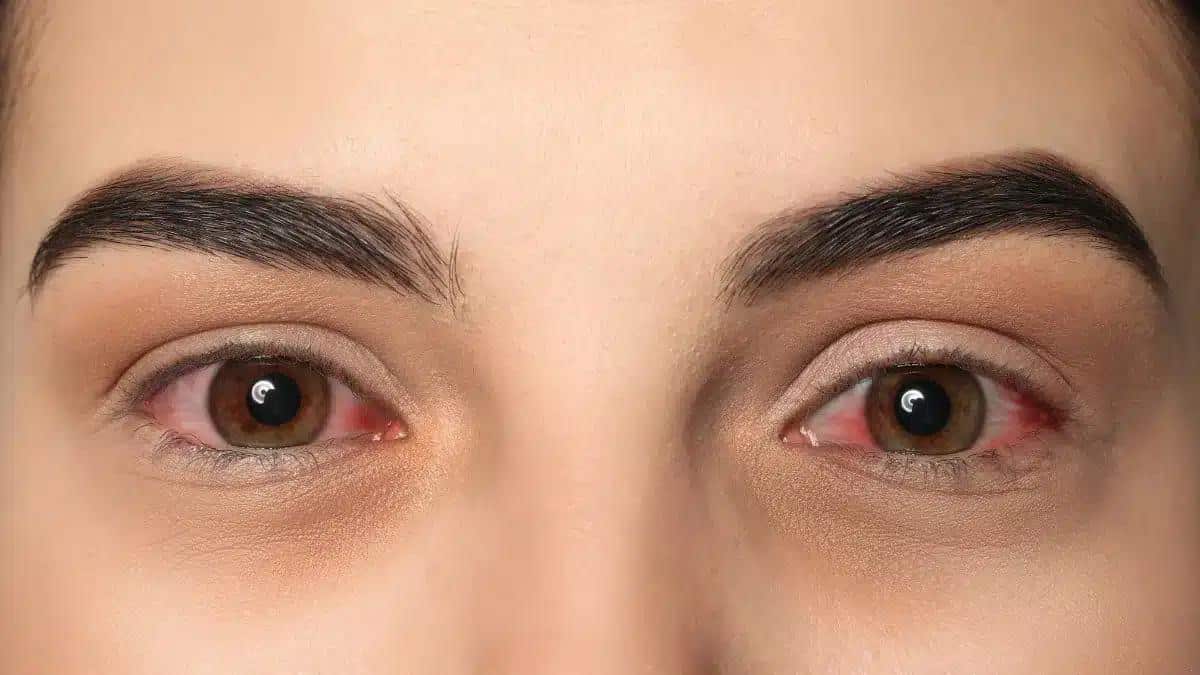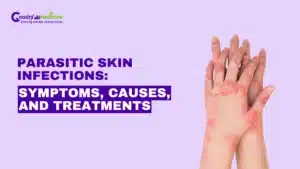Pink Eye, which is also known as Conjunctivitis, is a common eye problem that can make your eyes hurt, turn red, and itch.
Regardless of age, getting the right Pink Eye medicine is important for quick treatment and recovery.
We’ll discuss the different types of Pink Eye medicine, how well they work, and how to pick the best one.
Over the counter Pink Eye medicine
Pink Eye is a well-known eye infection that can happen to adults and children. About 6 million people get Pink Eye every year in the United States.
Over-the-counter medicine for Pink Eye includes lubricating eye drops (artificial tears) that ease Dry Eyes and eye pain.
These drops are good for light Pink Eye symptoms or those caused by environmental irritants.
Certain allergens can cause Conjunctivitis. Antihistamine eye drops inhibit histamine reactions caused by these allergens that lead to itching, red eyes, and swelling.
Decongestant eye drops reduce swelling by narrowing blood vessels, but using them for a long time may cause some Pink Eye side effects.
Want to know more about symptoms of bacterial Pink Eyes? Read our article: Bacterial Pink Eye Symptoms
Prescription-based Pink Eye medicine
 Source: Africa's_Image
Source: Africa's_Image Consulting a doctor immediately is very important if you notice any symptoms of Pink Eye.
Prescription-based medicines are the best way to treat bacterial Pink Eye. These medicines are usually antibiotic eye drops or ointments.
Antibiotic medicines work better by treating the root cause of your bacterial Pink Eye.
Based on the type of bacteria that is causing the infection, your doctor will prescribe you the best antibiotic like Polytrim, Ciloxan, etc.
To keep the illness from returning, it’s important to take all of the antibiotics, even if your symptoms improve.
Want to know about ways to treat bacterial Pink Eye naturally? Read our article: How to Treat Bacterial Pink Eye Naturally at Home
Home remedies for Pink Eye

If you have Pink Eye, home treatments can help you feel better. A warm compress over your closed eyelids can help ease the pain and swelling.
Some people find that putting honey helps ease Pink Eye symptoms. Honey is known to eliminate germs and reduce inflammation.
Additionally, you can use cool chamomile or green tea bags as a cushion to feel better because of their anti-inflammatory properties.
Let us take a look at some well-known home remedies for Pink Eye
Warm compresses: A warm, wet cloth on your closed eyes can help ease the pain. Cover each eye with a clean cloth to keep the illness from spreading.
Honey: Honey, renowned for its antibacterial and anti-inflammatory properties, can offer relief from pink eye symptoms. Applying honey to the affected eye may help lower discomfort and improve recovery rate.
Tea bags: Tea bags, particularly cool chamomile or green tea bags, can provide comfort from pink eye symptoms due to their anti-inflammatory properties. Placing these tea bags on closed eyelids may help ease pain and swelling.
Hydration: Keeping yourself hydrated helps in relieving pain and itchiness caused by Pink Eye. Dry eyes due to dehydration is very common which is often a major sign of Pink Eye.
Conclusion
In conclusion, it’s essential to understand your specific needs when it comes to finding the right Pink Eye medicine.
Pink Eye, or Conjunctivitis, is a common and sometimes uncomfortable eye condition affecting people of all ages.
Over-the-counter Pink Eye medicines like lubricating eye drops, antihistamine eye drops, and decongestant eye drops can relieve different types of Conjunctivitis.
However, a prescription-based medicine prescribed by a healthcare professional is the most effective solution for bacterial Pink Eye.
Home remedies such as warm compresses and honey or tea bags can offer comfort.
Proper care, good hygiene, and selecting the right treatment based on the type and severity of Pink Eye symptoms are crucial for a speedy recovery.
Knowing about the various medicines available for Pink Eye treatment is important for quick effective treatment.
Explore whether Pink Eye is contagious or not with our article: Is Pink Eye Contagious? How to prevent the infection?
Frequently Asked Questions
What is the best medicine for Pink Eye?
Your doctor may prescribe antibiotic eye drops, e.g., Polytrim, Ciloxan, or ointment to treat Bacterial Conjunctivitis.
Can Pink Eye go away with medicine?
Antibiotics usually eliminate the Pink Eye symptoms within two to three days. Still, it’s important to know that they only work against Bacterial Conjunctivitis. Viral Pink Eye usually goes away naturally within 7 to 10 days.
Is Pink Eye painful?
When you have Pink Eye, also called Conjunctivitis, the white part of your eye and the inside of your eyeball swell and turn red. Also, your eye might hurt a bit, and you might even experience itching.
Does Pink Eye cause tears?
Red Eye is the most common symptom of Conjunctivitis. Some other signs are discharge or crusting on the eyes. Watery eyes are another common symptom of Pink Eye.
How to avoid Pink Eye?
Make sure to wash your hands after coming in contact with someone who has Pink Eye. Avoid rubbing your eyes because this might worsen your problem.
When referencing outside resources, GoodrxMedicine always provides full citations. To learn more about the measures we use to maintain the quality of our content, please review our Content Information Policy.











